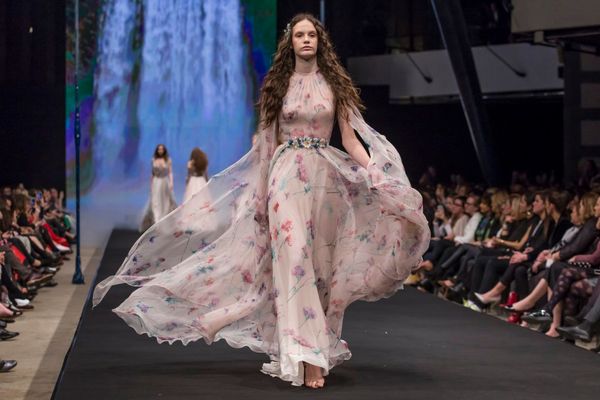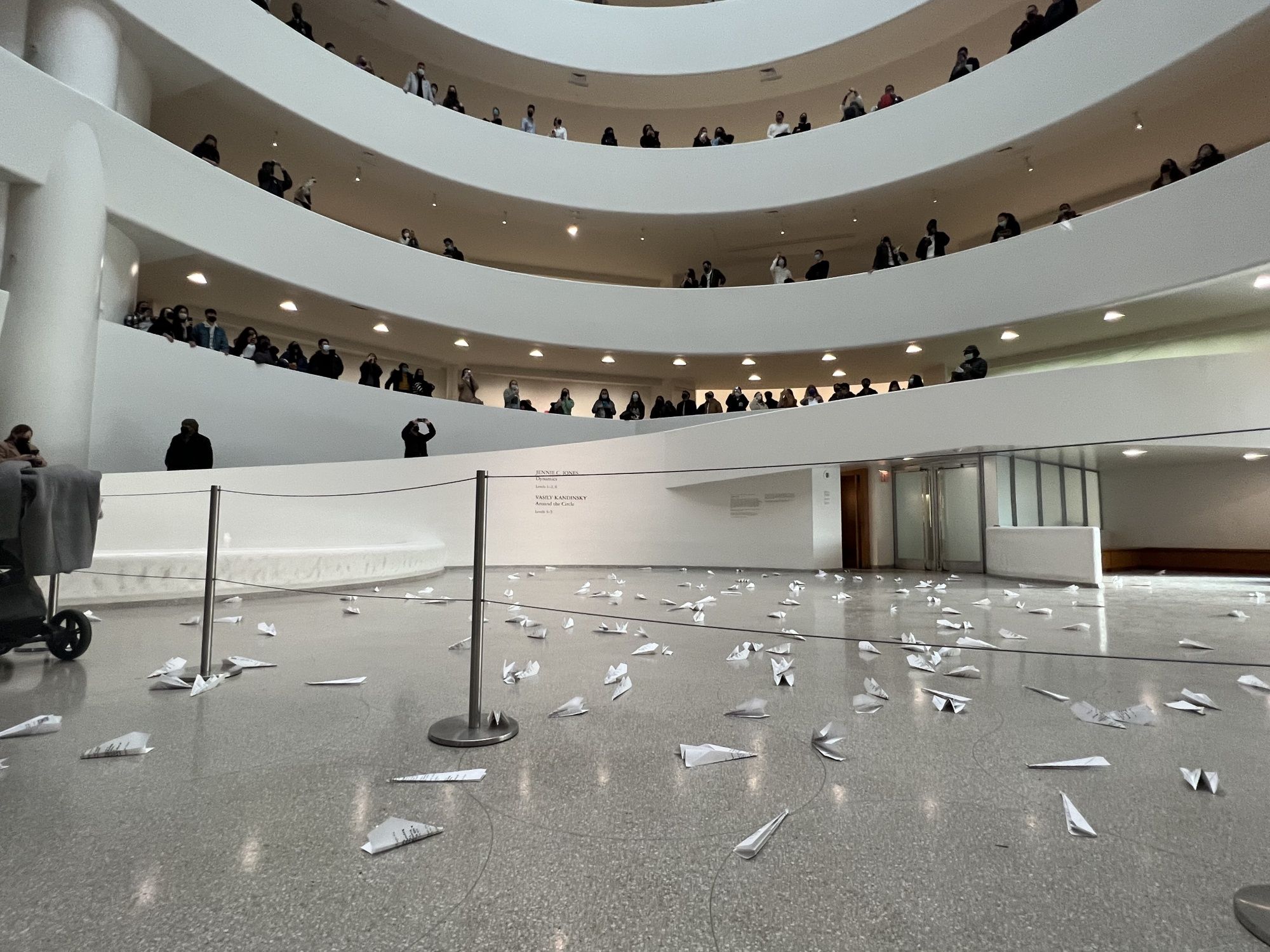Art galleries transformed into refuges, residency programs for refugees, racing against time to save digital archives—the operation of local art establishments has changed in a blink of an eye, just like Ukrainians’ everyday lives. Meanwhile, the international cultural scene is also changing and facing serious questions: how to provide the best support and visibility to Ukrainian artists now, and what will be the consequences of the boycott against Russian art institutions?
As the citizens of Ukraine, the Ukrainian art establishment is experiencing extraordinary situations, too. As Russian troops advance, the integrity of Ukrainian museums and artifacts are at stake; the priority of local museum managers now is to rescue and keep artifacts safe instead of organizing exhibitions as they’re used to in peacetime. In the meantime, the rest of the world is trying to archive the online Ukrainian cultural collections; on 1 March, an initiation called Saving Ukrainian Cultural Heritage Online (SUCHO) was launched, aiming to prevent the loss of databases in the event of a local server failure.
As the situation escalates in some cities, not only museums, but galleries have been forced to close down indefinitely. Anna Avetova, director of the Tuasho Gallery in Kyiv, which was also present at last year’s Art Market Budapest, recalls the day of the outbreak of war on 24 February, when she was asked by artsy.net: “I managed to pop into our gallery in the center of Kyiv to grab some documents, the cat and some antique books. Just before the war, most of our works either went to the artists or are now elsewhere for various projects, but we still have some left in the gallery.”
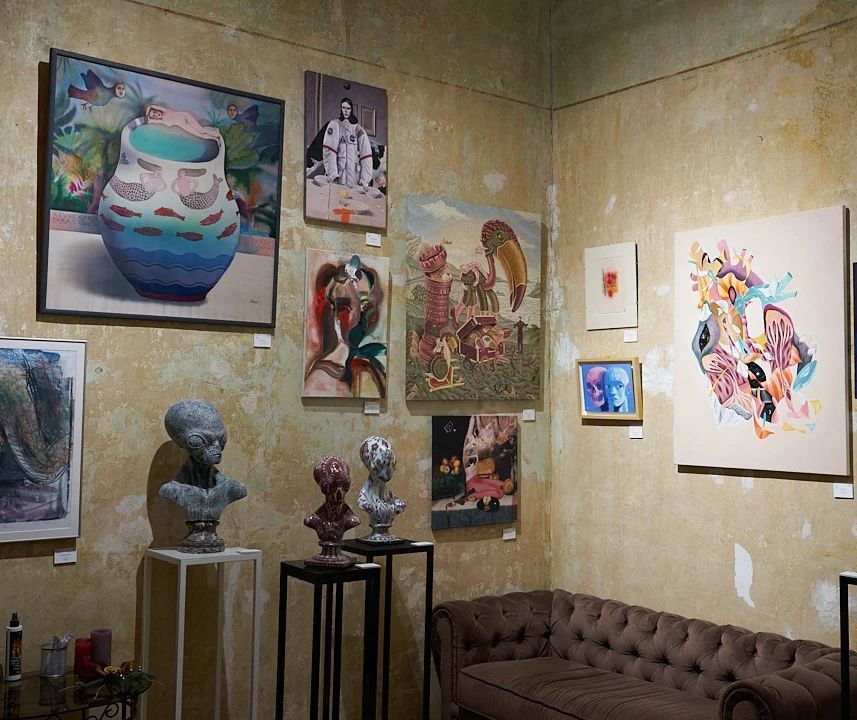
As the days went by and news of the mass exodus of Ukrainians have spread, so have the reactions of the international art scene, and solidarity has taken many forms. Several art institutions are expressing their rejection of the war through statements, symbolic gestures and posts, while others are trying to give visibility and support to Ukrainian artists by presenting their work. Where they can, they offer refuge to Ukrainian artists and their families through residency programs, so that they can continue their creative work or studies in a safe environment (for example, the Budapest Gallery in Hungary has a residency program, and in higher education, the Moholy-Nagy University of Art and Design welcomes Ukrainian art students).
A collection of opportunities offered by international art institutions is available on Contactsforukrainians.art. The site was launched by Róna Kopeczky, curator at acb Gallery and Easttopics in Budapest, who do not only provide a transparent list of professional opportunities for artists and curators fleeing to other countries, but also the most important local sites and contacts for humanitarian aid. Ukrainian artists who have stayed in their home country can also apply for local help to the Ukrainian Emergency Art Fund, which was set up a few days ago: money can be transferred to the fund from abroad and UEAF will distribute it among local cultural workers who apply for support.
Ukrainian art establishments have also expressed their requests on how international art institutions could best support Ukrainians. Along with the Ukrainian government, managers of museums and art galleries and other cultural actors called for the introduction of cultural sanctions and boycott against Russians. Among other things, Mystetskyi Arsenal National Art and Culture Museum Complex calls for international cultural events to suspend Russia’s participation; for artists not to participate in international events organized by Russian institutions; for cooperation with Russian artists who do not openly protest against the war to be broken off; and for museums not to accept funding from Russian oligarchs.
Many Western European institutions responded to these calls, breaking ties with billionaire Russian donors and committee members, while the heads of Russian art institutions themselves are voicing their opposition to the war. For example, the Russian pavilion of the Venice Biennale has canceled their participation and two Russian galleries, Fragment and Osnova, have withdrawn their participation in the Liste Art Fair in Basel. Both are resigning in favor of two Ukrainian institutions, Voloshyn Gallery and The Naked Room, which can currently only function as shelters in Kyiv.
Meanwhile, a discussion was started among those who do not consider boycott a good solution. András Szántó, a New York-based Hungarian arts consultant and communications expert, expressed his ambivalent feelings about the protests in an opinion piece. He believes the urge to cut ties is understandable, as it clearly expresses the moral convictions of the actors, and it is what can replace inertia and frustration with immediate emotional reassurance. However, it is questionable whether it will stop the bombs and provide any material assistance to the cultural workers and residents trapped in the war zone, or to Russian artists who condemn the war. He argues that in these times of economic crisis and world disintegration, art remains (or should remain) a space for meaningful dialogue, for connecting with each other and for thinking along common values. András Szántó recalls his youth, the Cold War period and Budapest in the 1980s, where every cultural product from the West had a stimulating effect on the local community. It is questionable how that era compares with the current war situation, as well as what negative effects the sudden boycott might have on international cultural life in the long term.
Cover photo: Protest organized by Ukrainian artists at the Solomon R. Guggenheim Museum in New York City on March 5, 2022. (Tanya Posternak)
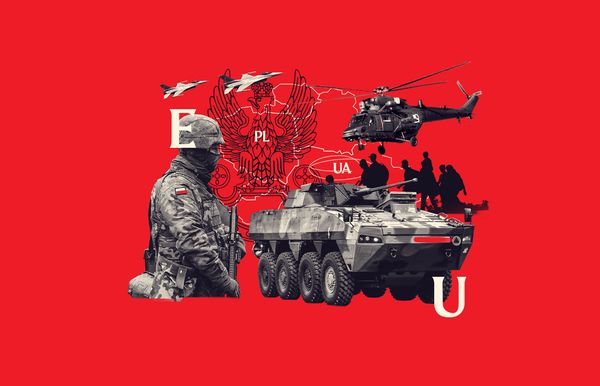
Poland has a duty to support Ukraine's independence | Polish security policy expert to Hype&Hyper
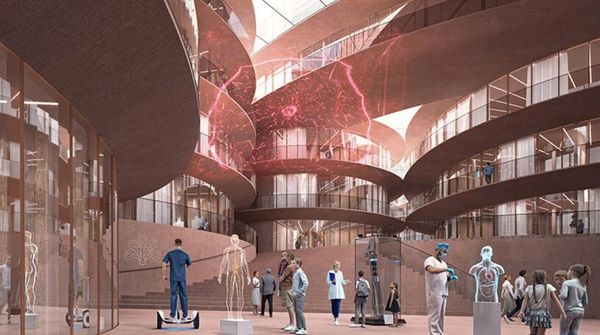
A new neuroscience center in Denmark is designed to mimic the human brain
